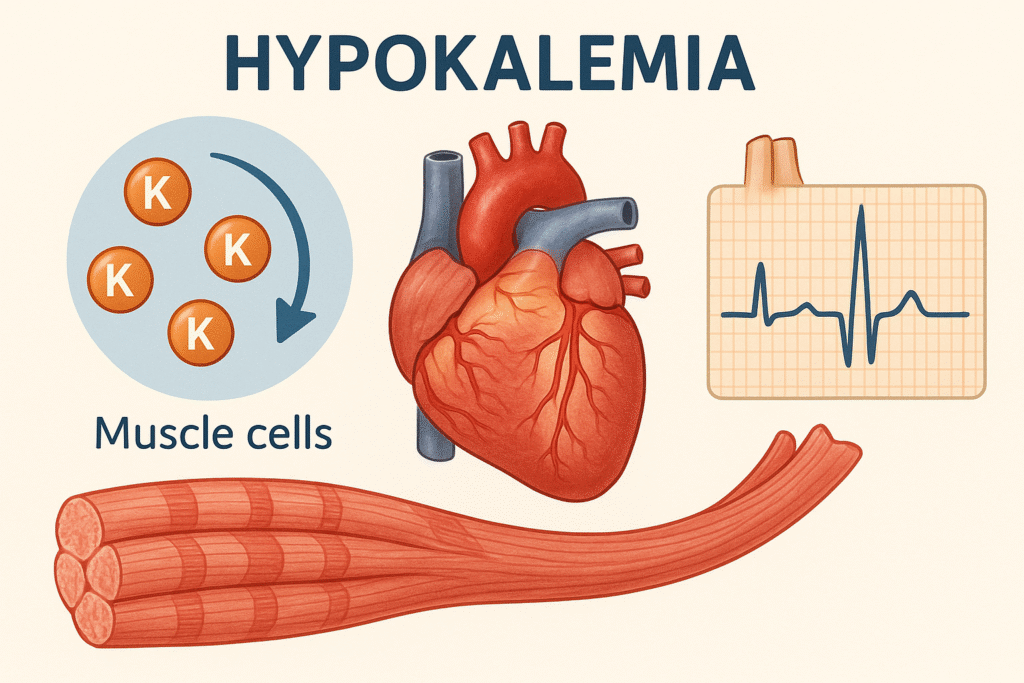Central Nerve System (CNS): simplified to easy learning
Here are you know detailed and easy to understand notes of central nerve system (CNS). What is CNS? The central nervous system (CNS) is the part of the nervous system and main functioning part of the brain. It consists of the brain and spinal cord. It is responsible for sensory data coordination and motor command. […]
Central Nerve System (CNS): simplified to easy learning Read More »



